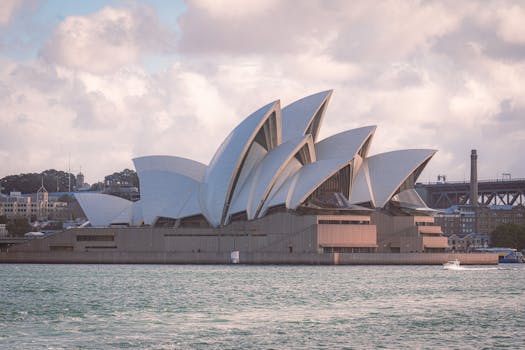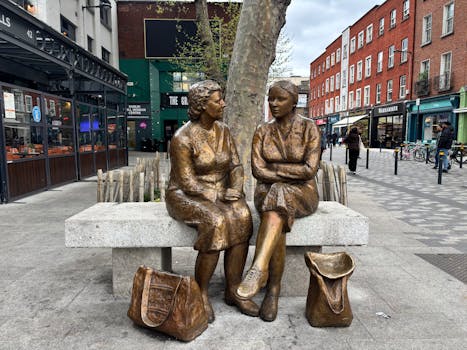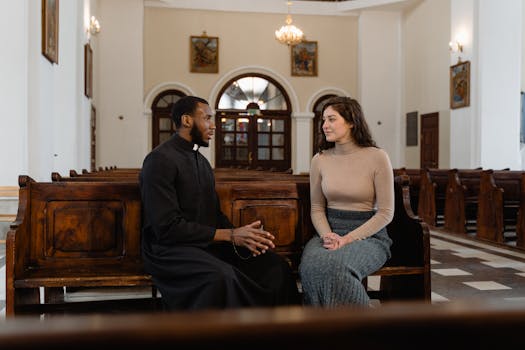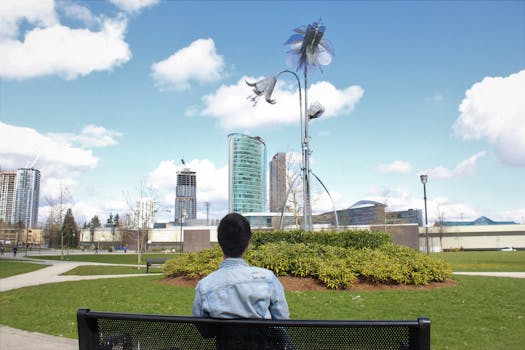
Introduction

Heritage meets modern vision is a concept that embodies the essence of blending traditional values with contemporary ideas. This fusion not only enhances our cultural landscape but also paves the way for innovation. In this article, we will delve into various aspects of how heritage influences modern vision, showcasing examples from architecture, art, and community initiatives.
The Significance of Heritage

Heritage is a vital component of our identity, encompassing traditions, languages, and customs passed down through generations. It serves as a foundation upon which modern society builds its values and beliefs. By understanding our heritage, we gain insights into our roots and the historical context that shapes our present and future.
Modern Vision: A Catalyst for Change

Modern vision refers to contemporary ideas and innovations that challenge the status quo. It encourages individuals and communities to think outside the box and embrace new possibilities. This forward-thinking approach is essential for addressing today’s challenges, from climate change to social inequality.
Integrating Heritage with Modern Design

Architectural design is a prime example of how heritage can be integrated with modern vision. Many architects today strive to create structures that honor traditional designs while incorporating modern materials and technologies. This synergy not only preserves cultural significance but also enhances functionality.
Case Studies: Successful Integrations

Several projects around the world exemplify the successful integration of heritage and modern vision. For instance, the renovation of historical buildings in urban areas often involves maintaining original features while upgrading facilities to meet contemporary standards. The Louvre Pyramid in Paris is another iconic example, where a modern glass structure complements the traditional museum, creating a harmonious blend of old and new.
Community Initiatives: Reviving Heritage

Community-driven initiatives play a crucial role in reviving heritage while embracing modern vision. Local art projects often draw inspiration from traditional techniques, reinterpreting them for a contemporary audience. Festivals celebrating cultural heritage also bring communities together, fostering pride and awareness among younger generations.
Takeaways

The fusion of heritage and modern vision is essential for a balanced cultural landscape. Embracing our roots while looking forward allows us to innovate and adapt in a rapidly changing world. As we navigate the future, let us remember the importance of honoring our past while forging new paths.
Conclusion

Heritage meets modern vision is not just a concept; it is a necessary practice for ensuring sustainability in culture and innovation. By recognizing the value of our heritage and integrating it with modern ideas, we can create a richer, more diverse future that respects tradition while embracing progress.





